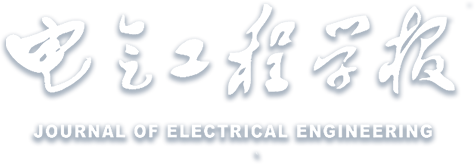Abstract:
In order to promote the complementarity of multiple energy sources and reduce the total operating cost of the system, a low-carbon co-integration optimization scheduling model for the joint operation of waste incineration power plants and power to gas(P2G) is established. Waste incineration power plants, hydrogen fuel cells, and new energy generation are incorporated into the flexible total power supply, while P2G and flue gas treatment energy consumption into the flexible total load, and a source load cointegration relationship is established between the two. In response to the large amount of CO
2 generated during the combustion process of waste incineration power plants, P2G technology is combined to synthesize recovered CO
2 into CH
4 and supply it to the natural gas system. Through joint scheduling, P2G and flue gas treatment energy consumption can be transferred to suppress fluctuations in new energy sources. The carbon trading mechanism is considered and a source load co-integration optimization scheduling model with the goal of minimizing energy purchase cost, carbon trading cost, wind abandonment cost, and unit operating cost is constructed. Finally, simulation is conducted to verify the correctness and effectiveness of the proposed method.


 下载:
下载: